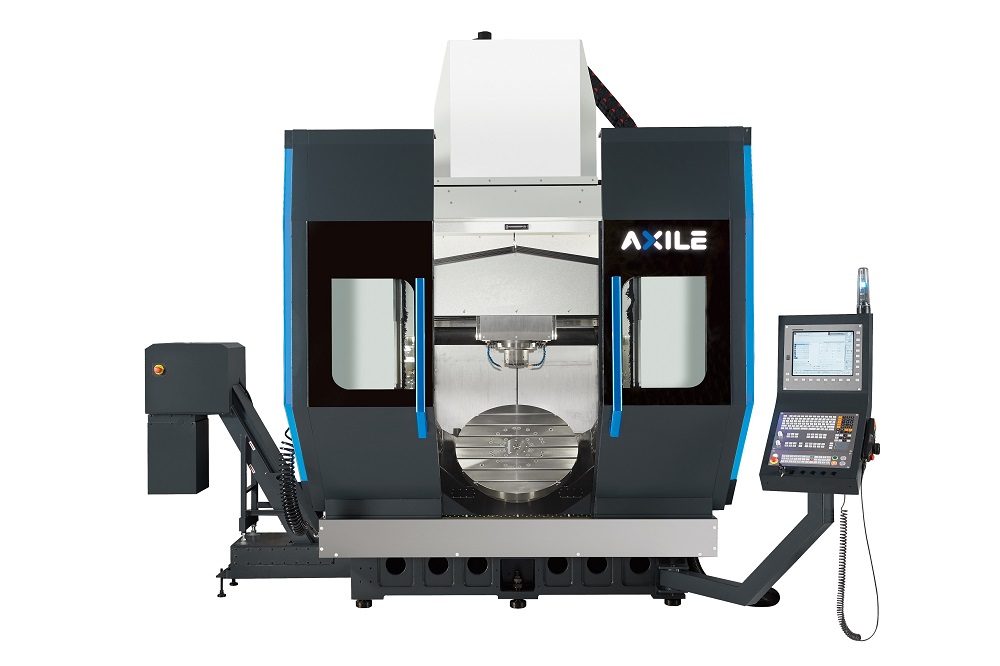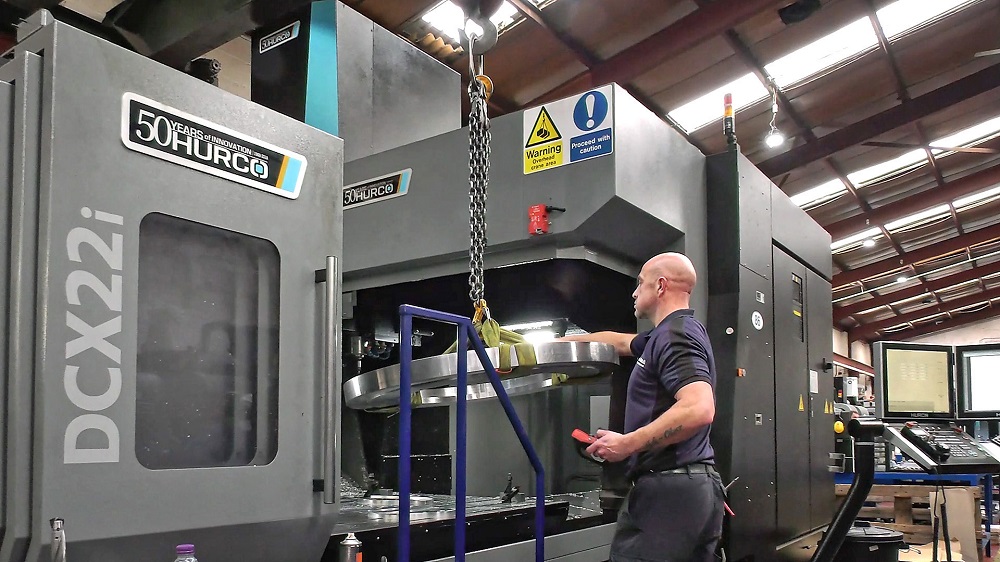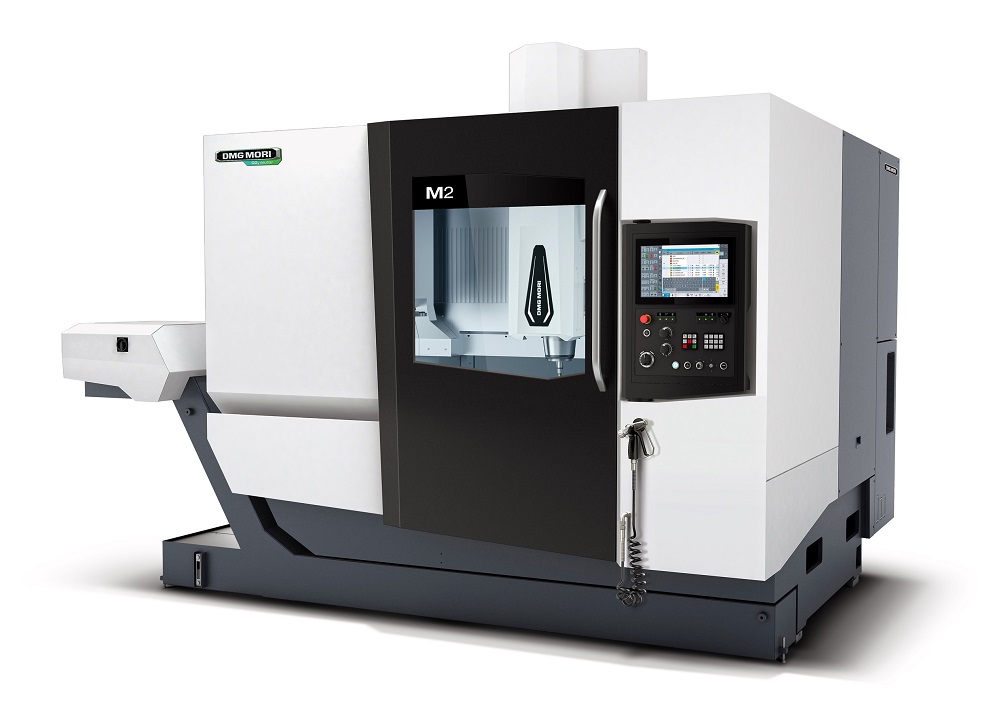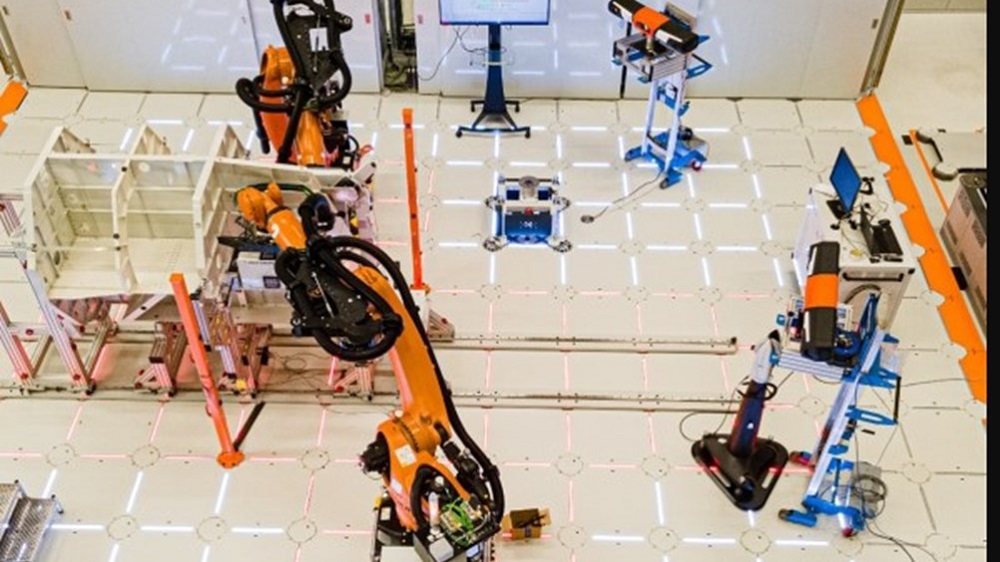Having a working volume of 2200 x 1700 x 750 mm, the Hurco DCX22i twin-column, bridge-type VMC with 8 tonne table load capacity is now the largest item of prismatic machining equipment on the shop floor at Jones Nuttall Precision Engineering in Warrington. The machine features a 40-station tool magazine, 12,000 rpm/18 kW spindle and rapids of 32 m/min in the X and Y axes, and 24 m/min in Z.
Jones Nuttall’s new DCX22i brings to 12 the number of machining centres in use on the shop floor, all of them supplied by Hurco, there being eight VM30i models and other VMCs also in operation. Additionally, a third of the lathes on site are Hurcos, both of them bar-fed. The TM10 has a 10-inch chuck while the 8-inch chuck TMM8 includes live tooling and a C axis.
Metals processed include Inconel, titanium alloy, stainless steel, steel, brass, aluminium, copper and even silver. Engineering thermoplastics such as nylon, acetal and PEEK are also common, as well as composites. Batch sizes range from one-offs to runs in excess of 1000.
Founded in 1971, Jones Nuttall has been a Hurco user since 2000, at which time the subcontractor decided to progress from manual tool-change mills to machining centres. The company opted for Hurco equipment due to the high build quality and spindle power of both the machining centres and lathes.
Geoff Brown, a machine operator at Jones Nuttall, says: “Hurco machines are very easy to program, set-up and use. The twin-screencontrol on the DCX really helps as I can program and edit on one screen, while the other screen displays the component and toolpath. The programming of all our Hurco machines is the same, so often one operator can run two or three machines.”
For further information www.hurco.com/gb



















